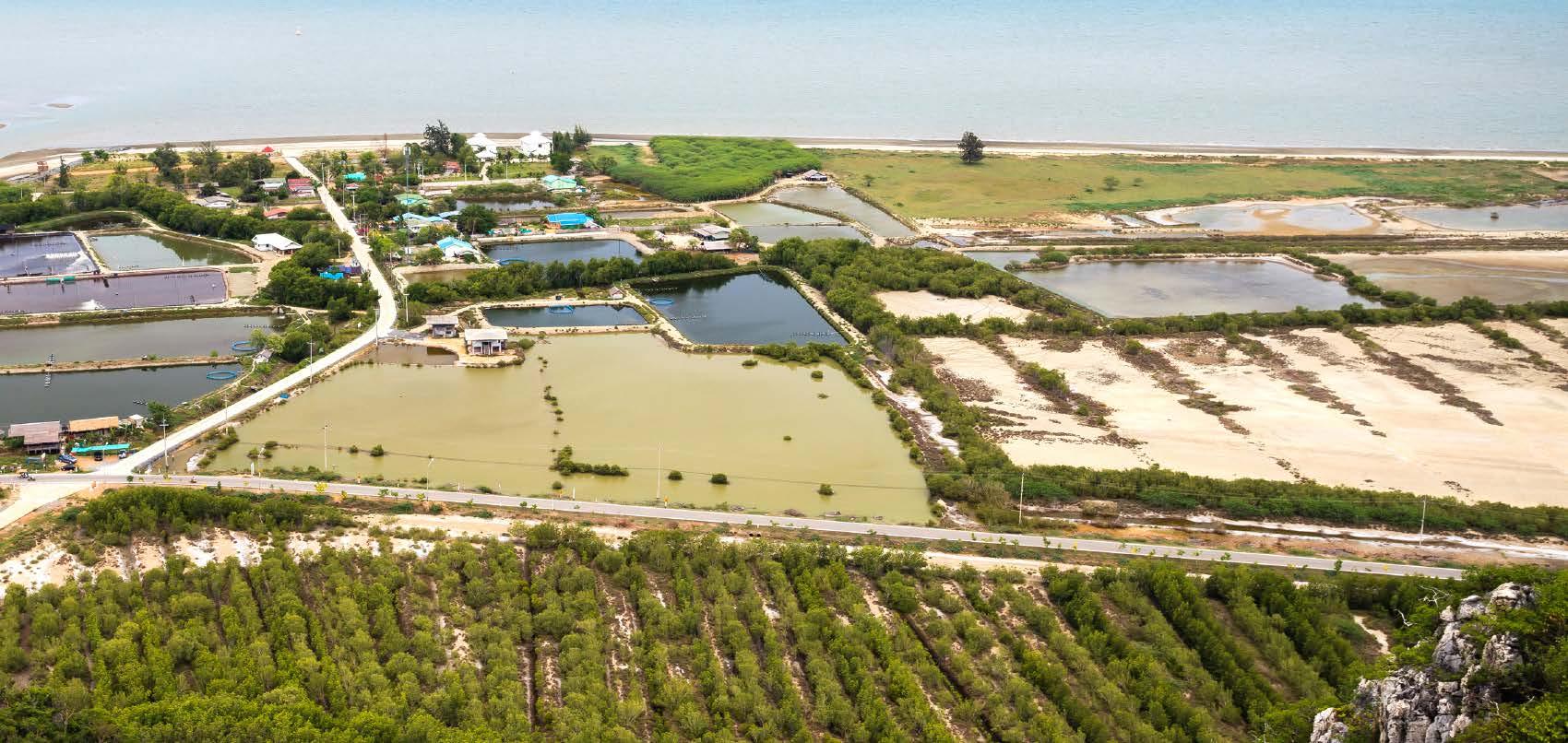THE GOOD, THE BAD AND THE UGLY
Biosecurity challenges facing China (and shrimp farmers everywhere) By: Ph.D Stephen G. Newman*
Disease is natural. The absence of disease is not. This requires that steps must be taken to lessen the potential impacts of disease on production in order to ensure sustainability. As the industry has evolved towards paradigms that allow for maximum production, such as super high-density culture in lined ponds, disease runs rampant and hardly a year goes by when we do not hear about a new disease being reported.
80 »
W
ild Chinese polychaetes are a serious biosecurity risk yet everybody tells you that “they are too good not to use.” The portion of the above in quotes is from an anonymous broodstock provider in China and is a common comment. Chinese farmed shrimp production (largely L. vannamei today although others are also being routinely farmed) has declined steadily over the last several decades. Official numbers are in the 1.5 million MT plus range per year. Actual production is, by all accounts of those on the ground, less, although the presence of large artisanal production areas away from the coastal regions makes it probable that no one can accurately know what is being produced. Given the increased rate of imports, China is not able to meet its local demand. Much of my comments in this article relate to shrimp farming anywhere. It is not my intent to single China out only to point out how easy it is to get caught in a way of thinking that is not consistent with sustain-
JUNE - JULY 2020





